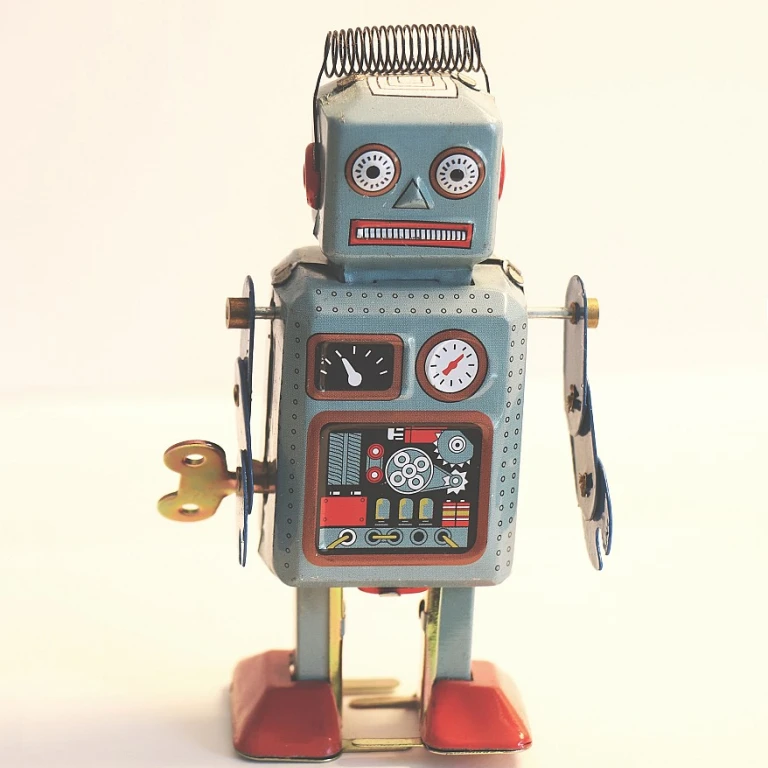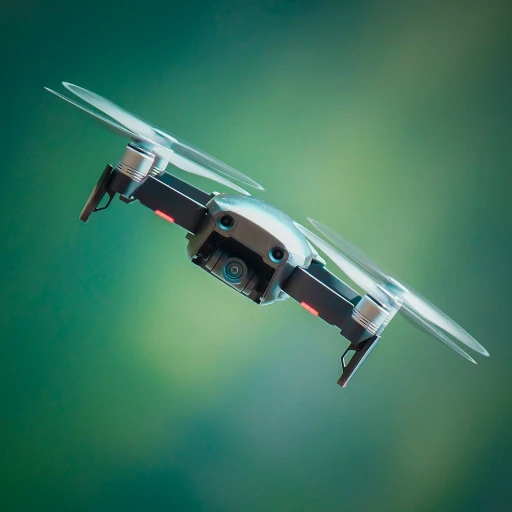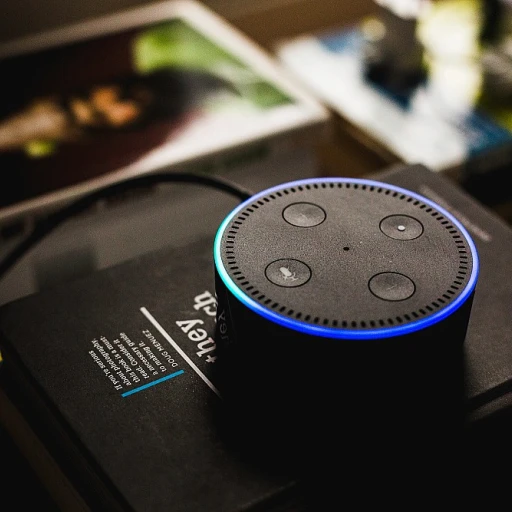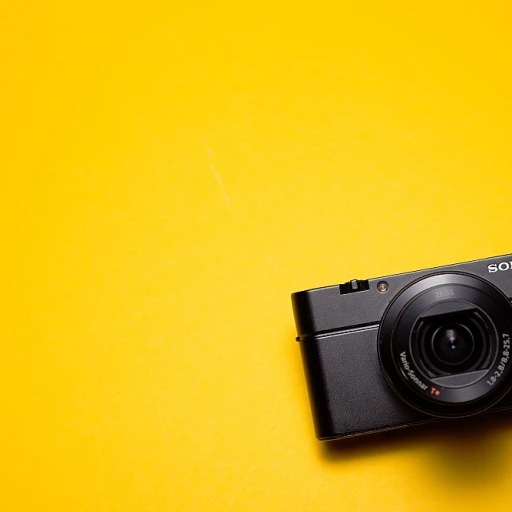
The Intersection of Luxury and Robotics
The Fusion of Robotics and Fine Dining
The luxury sector is no stranger to the avant-garde, consistently pushing the boundaries of innovation. A fascinating convergence is happening at the nexus of luxury and robotics, particularly within the realm of food processing. Robotics has made its mark in industries from automotive to manufacturing, and it is carving out a niche in the high-end culinary world.
Incorporating robotics in food processing enhances both the quality of service and the precision of handling luxury food items. The appeal for the luxury sector is not only in elevating efficiency and quality but also in redefining the experience of high-end dining. By utilizing state-of-the-art automation systems, luxury food manufacturers are able to maintain consistency and uniformity in production, which in turn ensures that every bite meets the highest standards.
As robotics becomes more prevalent, its role in luxury food processing is becoming essential. Automation systems are stepping in to handle repetitive tasks such as packaging and food handling, which allow culinary talents to focus on the creative process. The implementation of food-safe robots for pick and place tasks ensures products remain uncontaminated, maintaining food safety standards.
Despite the strides made, there are challenges and opportunities in the integration of robotics within luxury food production. Balancing cutting-edge technology with artisanal craftsmanship can be daunting, yet it presents an opportunity for luxury brands to offer something truly unique. As we look forward, the impact of robotics will continue to grow, shaping new trends in the food and beverage industry.
Innovative Robotics Technologies
Cutting-Edge Robotics: Powering Precision and Reliability
In today’s increasingly sophisticated food industry, the integration of innovative robotics is dramatically transforming the way food items are produced, packaged, and served. At the forefront of this technological revolution, industrial robots are playing a pivotal role in streamlining processes while ensuring that the luxury standards of quality and consistency are consistently met.
One of the most significant advancements in robotics technology is the development of high-precision robot systems that are tailored for specific applications within food processing. These systems excel in tasks such as pick and place, handling, and processing, where precision and reliability are imperative.
The incorporation of multi-axis robots allows for a seamless automation experience across various stages of food production. These sophisticated machines are adept at adapting to complex tasks, offering a level of flexibility that is vital in the ever-evolving food industry landscape. By utilizing these technologies, manufacturers are able to ensure that food items are handled with unparalleled delicacy, reflecting the quality synonymous with luxury food products.
An area where robotics truly shines is in food packaging and safety. Advanced robots are equipped to handle food grade materials with care, minimizing contamination risks and maintaining strict hygiene standards. The integration of robotics in the packaging process not only enhances efficiency but also reinforces consumer confidence in the safety of the products they purchase.
The convergence of luxury and automation in food manufacturing marks a new era where automation food technologies do not just meet but exceed the high expectations of this discerning industry. By harnessing the power of robotics, businesses can focus on innovation, sustainability, and ultimately, delivering consistently high-quality service.
Enhancing Quality and Consistency
Refining Excellence with Precision Robotics
In the luxurious realm of gourmet food production, the integration of innovative robotics aims to enhance quality and consistency, meeting the ever-demanding expectations. The precision of robotics systems is unmatched, offering flawless execution in various stages of food processing and manufacturing.
Key applications include pick and place operations where robotic arms swiftly and accurately handle delicate food items, ensuring their integrity and uniformity. These sophisticated automation solutions bring a new level of service, maintaining high standards of quality in food products that align with the luxury aesthetic.
Moreover, automation in food packaging leverages these technologies to handle and package food safety and efficiently, reducing potential contamination risks. With robots' ability to operate tirelessly, the food industry benefits from consistent output without compromising on quality—vital for luxury food manufacturing.
Even as the robotics market in food production grows, the focus remains on maintaining high quality through advanced industrial robots and food robotics. These systems tackle precision tasks and complex requirements seamlessly, embodying both elegance and efficiency in food handling and processing robots.
Sustainability and Robotics
Elevating Sustainability in Robotics
The intersection of luxury and technology is not just about convenience and high standards; it's about responsibility too. In the food industry, the shift toward sustainable practices is increasingly facilitated by advanced robotics and automation systems. These technological advancements offer the potential to drastically reduce waste in production and packaging processes, contributing positively to the environment and aligning with eco-friendly business practices.
Robotic systems are designed to optimize the use of resources efficiently, ensuring that only the necessary amount of food items is utilized in production, and excess materials are minimized. This efficient handling of food products is crucial in high-end manufacturing facilities, where quality and consistency are as important as sustainability.
Automation not only aids in reducing waste, but also enhances the energy efficiency of food processing machinery. Advanced robots operate with precision, cutting down on the excess energy typically consumed in traditional manufacturing setups. These smarter technologies can significantly minimize the carbon footprint of food production facilities, addressing the growing consumer demand for sustainable luxury products.
Furthermore, robotics play a pivotal role in sustainable packaging solutions. The use of industrial robots in the packaging process helps reduce the reliance on non-biodegradable materials, supporting the shift toward more sustainable food packaging options.
In tandem with these sustainability goals, companies venturing into the robotics market for food processing are focused on the integration of food-grade materials, ensuring the safety and hygiene of robots food handling operations while preserving environmental integrity.
By leveraging these innovations, the luxury food industry is not only meeting its immediate production and quality needs but also paving the way for a more sustainable future, reinforcing the importance of robotics in achieving larger environmental objectives.












